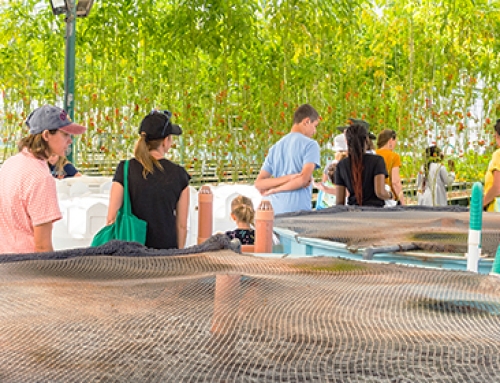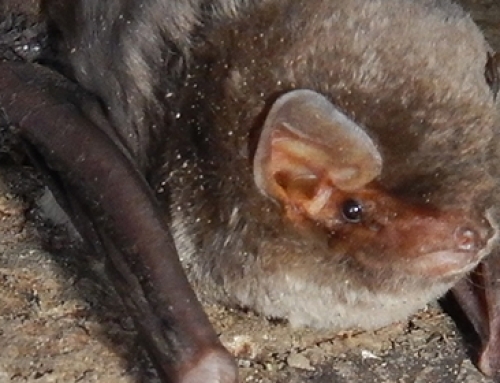Swine farms and coronavirus risk

Farms represents potential hotspots for the spillover and amplification of viruses that could either cause epidemics in animals or provide a pool for future emergence in other hosts. The maintenance of viruses in pig populations following initial spillover could complicate the control of the pathogen in the natural host, and potentially fuel re-emergence of the virus once controlled.
In recent times, we see the increase in number of emerging infectious diseases also because of the blurring interface between humans, domestic animals and wildlife. In particular, farms represents potential hotspots for the spillover and amplification of viruses that could either cause epidemics in animals or provide a pool for future emergence in other hosts.
Farmed animals could get infected by both wildlife and humans, and could act as bridge between these host, leading to the infection of humans with wildlife viruses or vice versa. In addition, the maintenance of viruses in pig populations following initial spillover could complicate the control of the pathogen in the natural host, and potentially fuel re-emergence of the virus once controlled. Finally, swine may provide a backbone for recombination events if similar viruses are naturally circulating in these animals, generating variants with unknown zoonotic and epizootic potential.
The current pandemic of COVID-19 confirmed that coronaviruses have high likelihood for spillover, can easily adapt to new hosts and can provoke severe damage in naïve populations. Indeed, emerging coronaviruses are considered as a major threat for human health and for swine production worldwide.
ConVergence, a collaboration between Italy, the Netherlands and the United Kingdom
EU and the Italian Ministry of Health have financed the project ConVErgence in the framework of the ICRAD call to investigate the process of emergence of coronaviruses in the swine industry, focusing on bats and humans as the most likely sources of infection.

EU and the Italian Ministry of Health have financed the project ConVErgence in the framework of the ICRAD call to investigate the process of emergence of coronaviruses in the swine industry, focusing on bats and humans as the most likely sources of infection. The objective of CoVErgence is thus: (1) to investigate the relationship between swine and either bats and humans in different farming systems, (2) to determine how much pigs are exposed to known bat and human CoVs by measuring their antibody response, (3) to detect the circulation of bat/human CoVs in pig populations from North Eastern Italy.
Currently there are seven CoV species known to infect humans, among which three are endemic and cause the seasonal flu and one is responsible of the current pandemic. On the other hand, coronaviruses are extremely diversified and frequent in bats, at the point that most mammalian coronaviruses seem to derive from the pool of bat CoVs, exception made for a large cluster of viruses that includes several species that are common in humans and in livestock, including pigs, but has never been described in bats.
Even if nowadays is not clear if bat and/or human coronaviruses can infect swine, it is possible to hypothesize that swine in closest contact with bat and humans are more likely to be exposed to their viruses, and that repetitive exposures increase chances for effective cross-species transmission.
Understanding the relationship between swine, bats and humans
The objective of CoVErgence is thus:
- to investigate the relationship between swine and either bats and humans in different farming systems,
- to determine how much pigs are exposed to known bat and human CoVs by measuring their antibody response,
- to detect the circulation of bat/human CoVs in pig populations from North Eastern Italy.
In addition, we will consider the fact that shedding of coronaviruses is highly seasonal in both bats and humans to build a mathematical model aiming to spot situations that are at higher risks for spillover. Finally, in case the study succeed in the identification of novel CoVs, new variants or viruses associated with novel hosts, we will characterize their genome, their adaptation and their ability to cause harm to the new host and the potential to infect other species.
ConVErgence will use cutting-edge technologies from different fields including veterinary medicine, ecology, virology, epidemiology and mathematical modelling exploiting the expertise of partners included in the consortium with the Istituto Zooprofilattico Sperimentale delle Venezie, namely the University of Sussex (UK) and the Erasmus Medical Centre in Rotterdam (NL).







